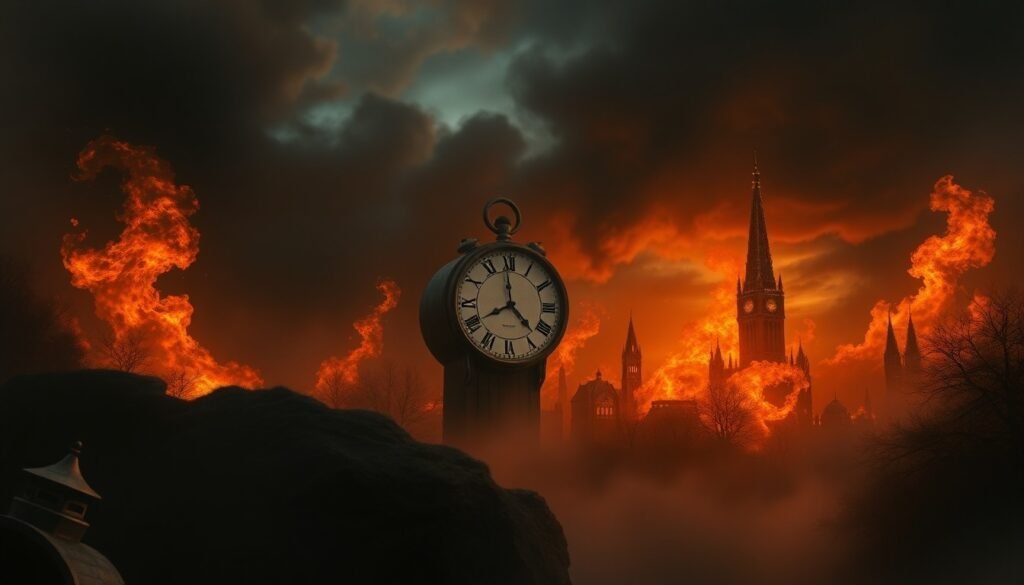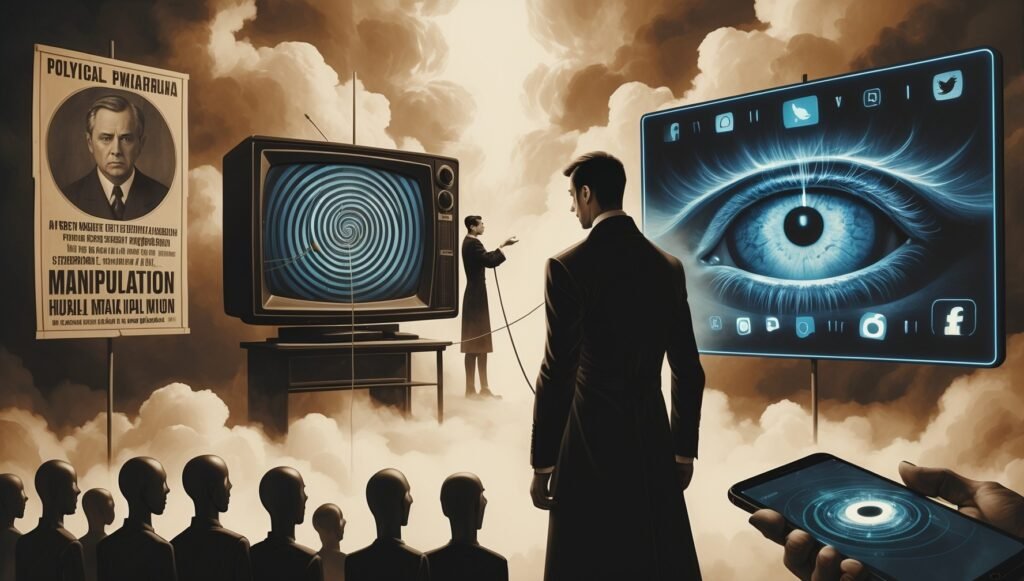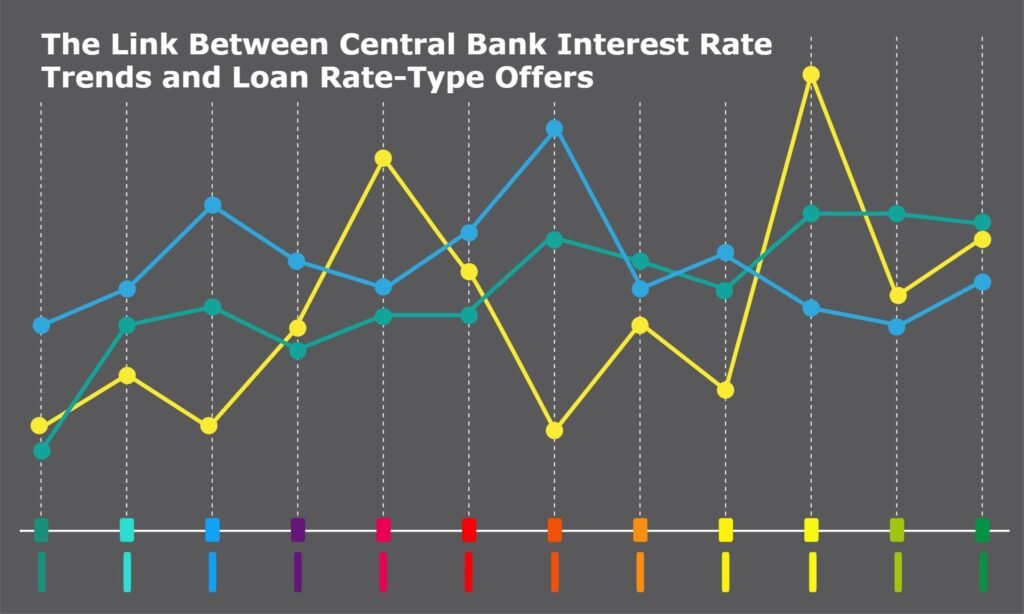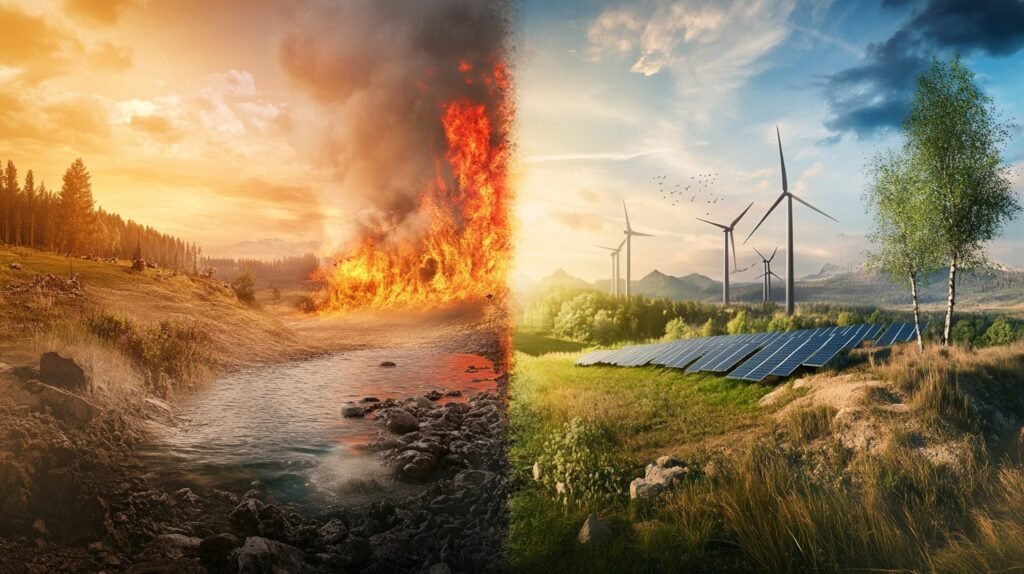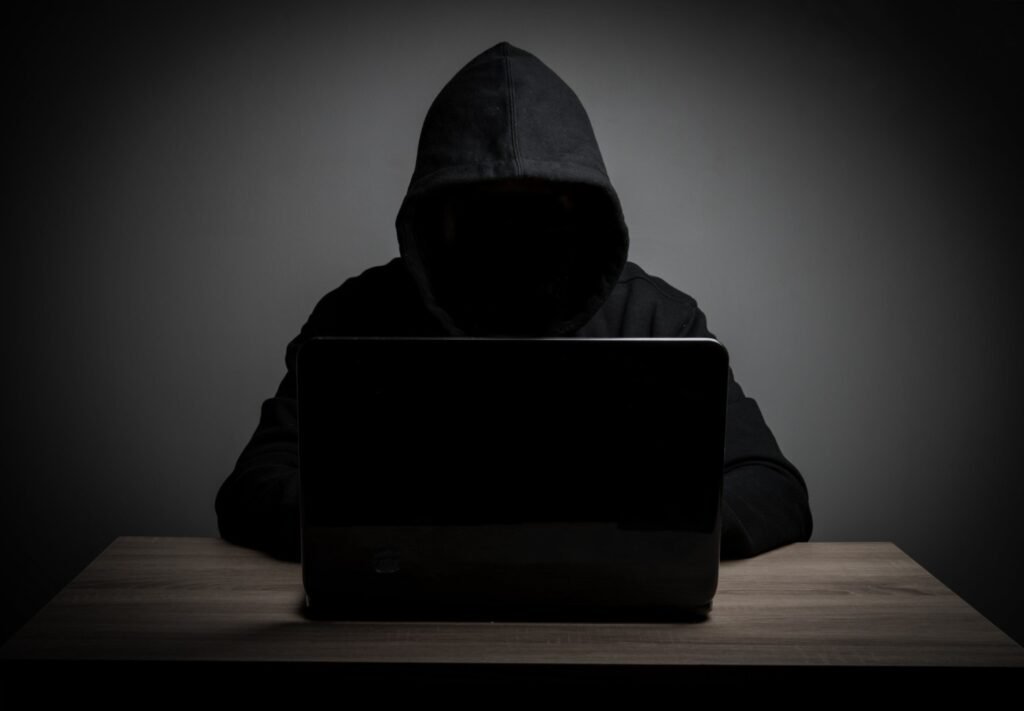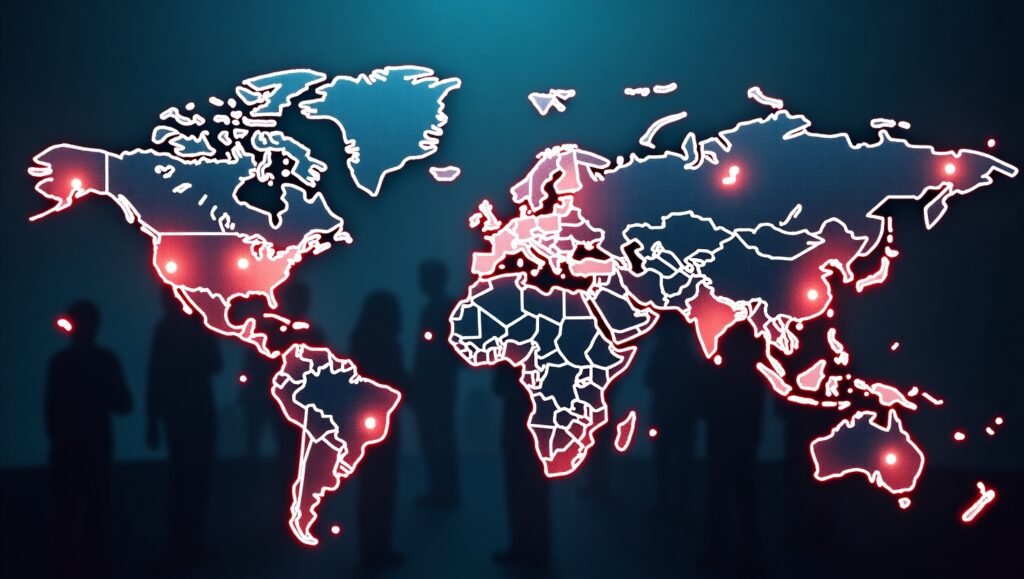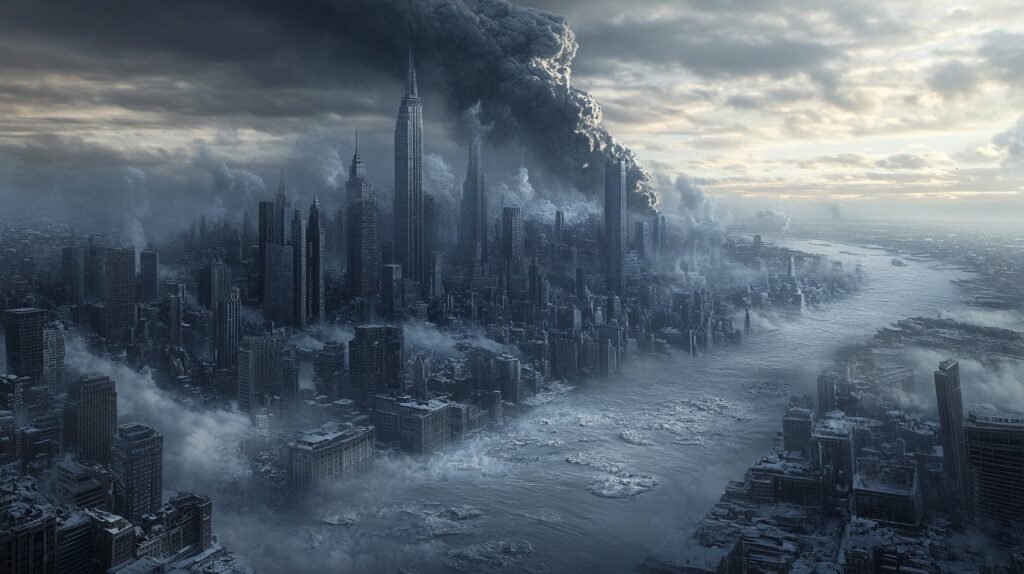|
Getting your Trinity Audio player ready...
|
In a world grappling with the challenges of climate change, nuclear threats, and disruptive technologies, the Doomsday Clock remains an enduring symbol of humanity’s proximity to catastrophe. Introduced in 1947 by the Bulletin of the Atomic Scientists, this metaphorical clock assesses humanity’s proximity to “midnight,” representing the point of global catastrophe.
What is the Doomsday Clock?
The Doomsday Clock is a symbolic representation of humanity’s proximity to global catastrophe, using the metaphor of a clock to depict the countdown to midnight—a moment that symbolizes the end of civilization as we know it. First unveiled in 1947 by the Bulletin of the Atomic Scientists, the clock aims to encapsulate the risks posed by nuclear weapons, climate change, disruptive technologies, and other existential threats. The time on the clock is updated annually by a panel of scientists, policy experts, and Nobel laureates to reflect the current global risk landscape.
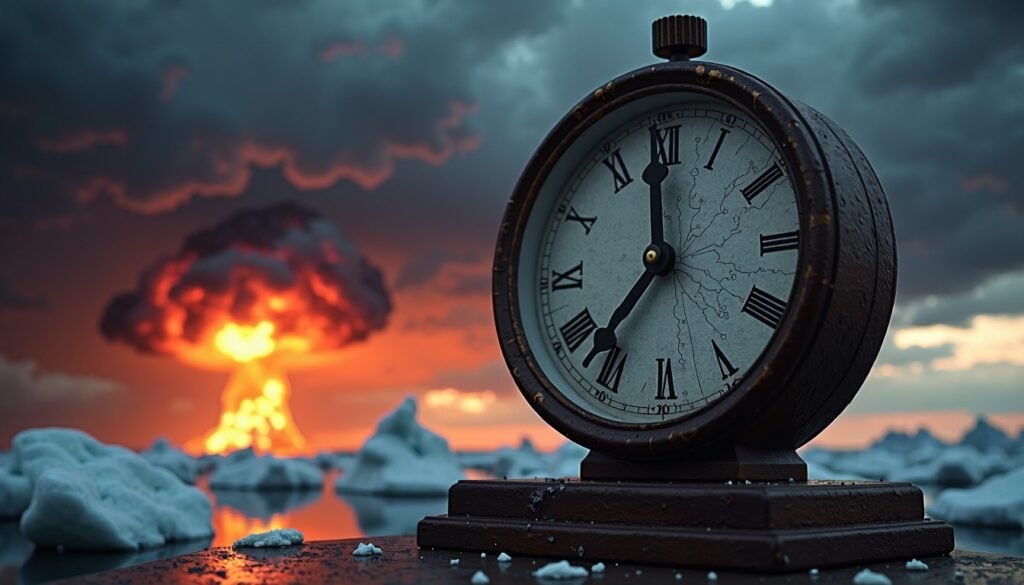
The History of the Doomsday Clock
The evolution of the Doomsday Clock offers a unique lens through which to view humanity’s most pressing challenges. Below is a detailed timeline tracing its journey from inception to its current setting.
The Doomsday Clock was conceived during the early stages of the Cold War when the threat of nuclear annihilation loomed large. Initially set at seven minutes to midnight, the clock’s time is determined annually by the Bulletin’s Science and Security Board, comprising leading experts in science, security, and policy.
According to the Bulletin, the clock is not merely a reflection of nuclear risk but a broader measure of existential threats, including climate change, biological hazards, and the misuse of artificial intelligence. It serves as a sobering reminder and an urgent call to action for policymakers, scientists, and the global community.
1947: The Birth of the Clock
In the aftermath of World War II, the Bulletin of the Atomic Scientists introduced the Doomsday Clock as a symbol of the growing nuclear threat. The clock’s original setting of seven minutes to midnight reflected the tension between the United States and the Soviet Union during the early stages of the Cold War. It was designed to alert the public and policymakers to the urgent need for nuclear arms control.
1953: 2 Minutes to Midnight
The clock moved to its closest position yet following the successful testing of the hydrogen bomb by both the United States and the Soviet Union. This period marked the intensification of the arms race and underscored the devastating potential of thermonuclear weapons.
1991: 17 Minutes to Midnight
With the end of the Cold War and the signing of the Strategic Arms Reduction Treaty (START), the clock moved to its furthest point from midnight. This shift symbolized a rare moment of optimism as superpowers worked together to reduce their nuclear arsenals.
2007: The Rise of New Threats
The clock was adjusted to five minutes to midnight to reflect ongoing nuclear concerns and the emerging dangers of climate change and technological advancements. The Bulletin expanded its scope to include these additional existential risks, emphasizing the interconnectedness of global threats.
2020: 100 Seconds to Midnight
In a historic move, the clock advanced to 100 seconds to midnight, marking the closest point in its history. This decision was influenced by escalating geopolitical tensions, a lack of progress on climate action, and the growing risks associated with disruptive technologies. The COVID-19 pandemic further highlighted the fragility of global systems.
2023: 90 Seconds to Midnight
As of January 2023, the Doomsday Clock stands at 90 seconds to midnight, the closest it has ever been. This unprecedented setting underscores the compounded risks posed by escalating geopolitical tensions, climate inaction, and the rapid development of potentially destabilizing technologies.
Dr. Rachel Bronson, the Bulletin’s president and CEO, emphasized in the 2023 statement, “The world is facing a convergence of crises unprecedented in human history. The actions taken—or not taken—in the coming years will determine the trajectory of our collective future.”
Present
The Bulletin of the Atomic Scientists has recently adjusted the Doomsday Clock to 89 seconds before midnight—the closest it has ever been to symbolizing global catastrophe. This change reflects escalating threats such as nuclear tensions, climate change, and advancements in artificial intelligence.
The ongoing conflict in Ukraine, coupled with Russia’s nuclear posturing, has significantly heightened global nuclear risks. Additionally, the rapid development of artificial intelligence presents new challenges, including potential misuse and ethical concerns. Climate change continues to exacerbate natural disasters, despite progress in renewable energy adoption.
The Bulletin urges global leaders, particularly from the United States, China, and Russia, to prioritize international dialogue and cooperation to mitigate these existential threats. Former Colombian President Juan Manuel Santos emphasized the need for unity and bold leadership to reverse this alarming trend.
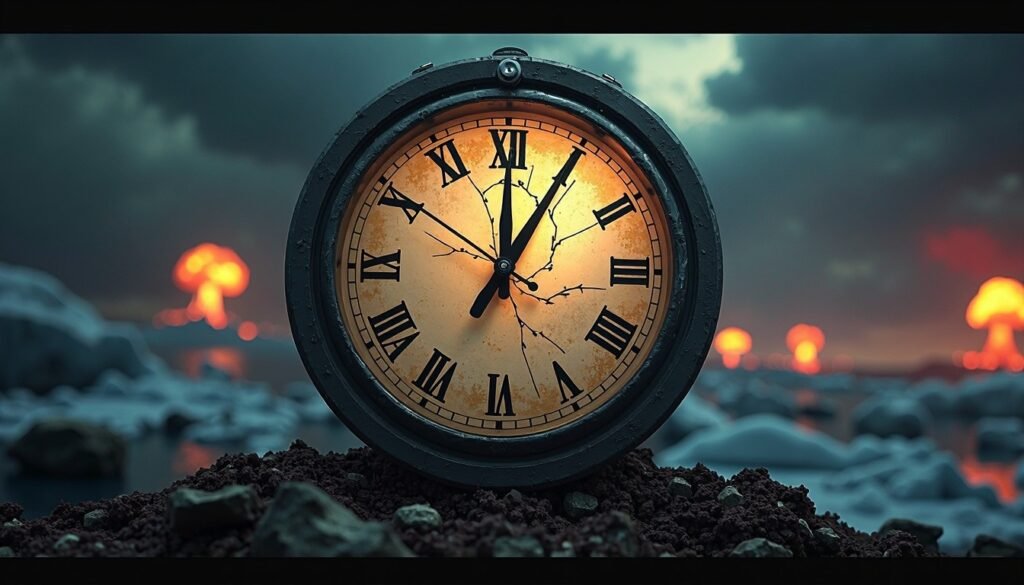
Key Threats Moving the Clock
- Nuclear Weapons: The ongoing conflict in Ukraine has reignited fears of nuclear escalation. High-profile experts, including former U.S. Secretary of Defense William Perry, have highlighted the increased risk of miscalculation in modern conflicts.
- Climate Change: Reports from the Intergovernmental Panel on Climate Change (IPCC) indicate that global temperatures are on track to exceed the 1.5°C threshold, which could result in rising sea levels, more frequent and severe weather events, loss of biodiversity, and widespread disruptions to ecosystems and human livelihoods. Despite international agreements like the Paris Accord, significant gaps remain in global climate action.
- Technological Risks: The rapid advancement of artificial intelligence, biotechnology, and cybersecurity threats poses new challenges. Leading figures, such as Elon Musk and Geoffrey Hinton, have raised concerns about AI’s potential misuse.
International Perspectives
The United Nations Secretary-General António Guterres has called the clock a “global alarm,” urging nations to prioritize diplomacy and cooperation. Similarly, former U.S. President Barack Obama has described the clock as a “stark reminder” of the stakes involved in global decision-making.
Scientific institutions, including the National Academy of Sciences and the Royal Society, have echoed these sentiments, emphasizing the role of evidence-based policies in mitigating these existential risks.
Can Humanity Turn Back Time?
Rewinding the Doomsday Clock is not an unattainable goal. Historical precedents, such as the Cold War arms control agreements, the Montreal Protocol to protect the ozone layer, and the global response to eradicate smallpox, demonstrate humanity’s capacity to address complex challenges effectively.
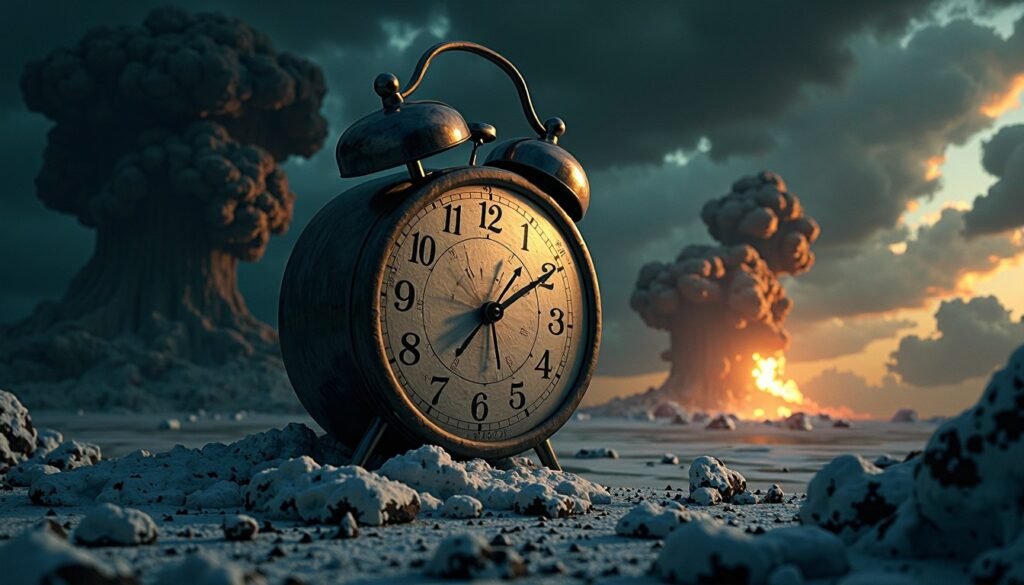
Key steps include:
- Strengthening international treaties to limit nuclear proliferation.
- Accelerating commitments to net-zero emissions.
- Enhancing ethical guidelines and safeguards for emerging technologies.
Beware the Doomsday Clock!
The Doomsday Clock’s time serves as a clarion call for collective action. As individuals, we can advocate for responsible governance, support scientific research, and reduce our carbon footprint. For nations, it demands a renewed commitment to diplomacy, sustainability, and innovation.
In the words of Albert Einstein, who co-founded the Bulletin, “The splitting of the atom has changed everything save our modes of thinking, and thus we drift toward unparalleled catastrophe.” The Doomsday Clock challenges us to rethink our priorities and chart a sustainable, secure future—before it’s too late.

